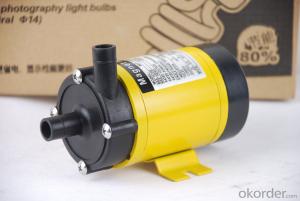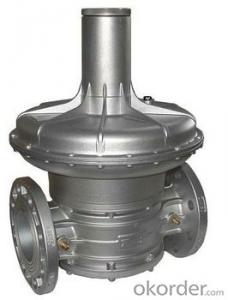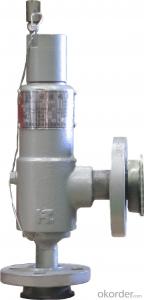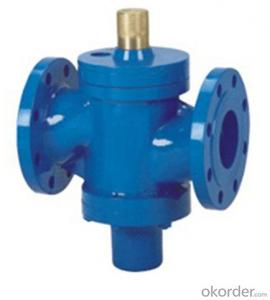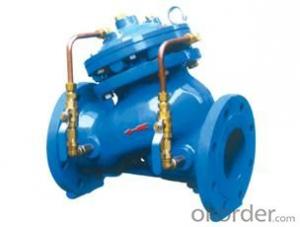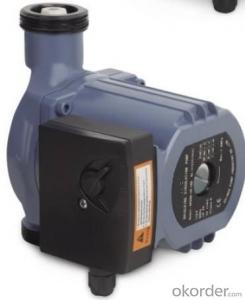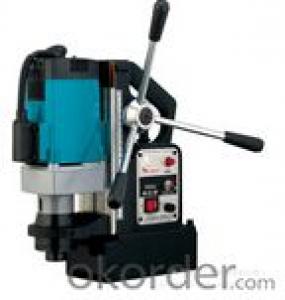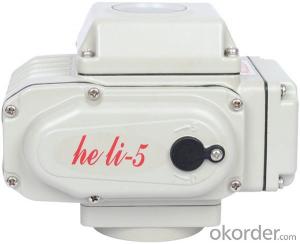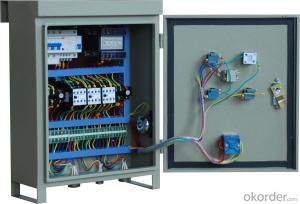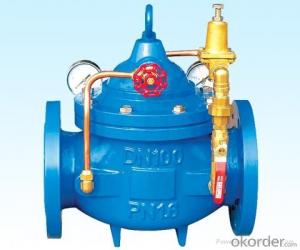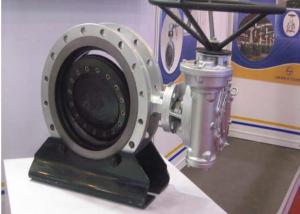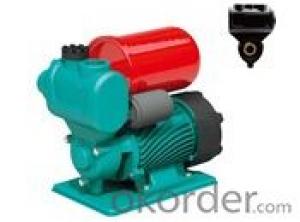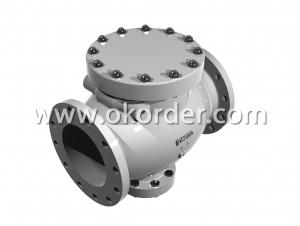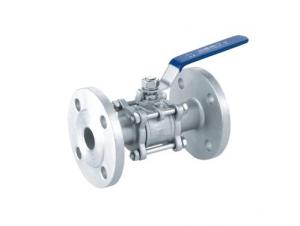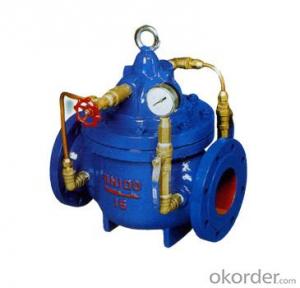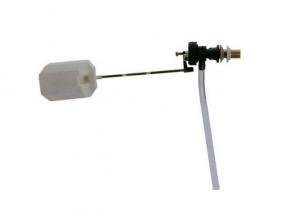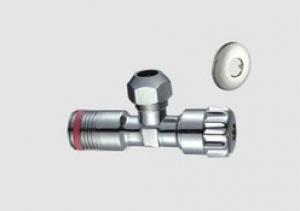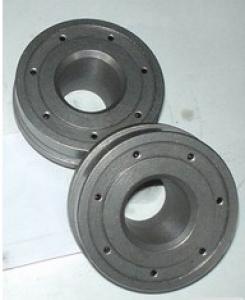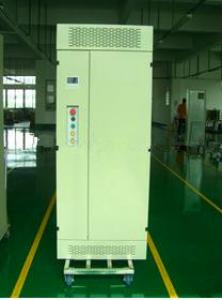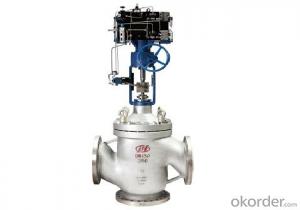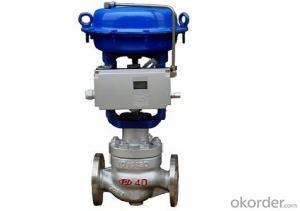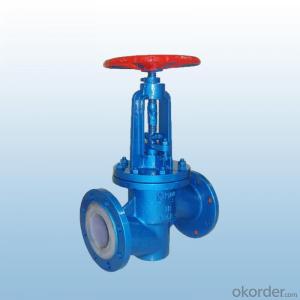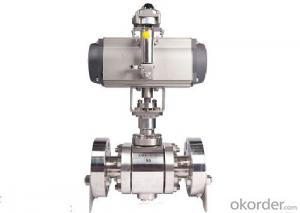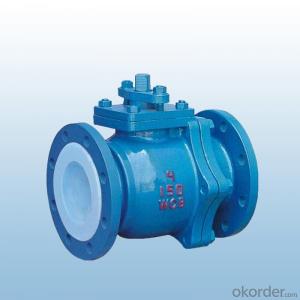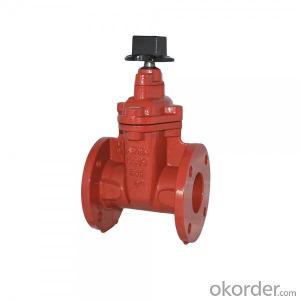Electrically Controlled Valve
Electrically Controlled Valve Related Searches
Regulating Valve Environmentally Controlled Room Mechanical Check Valve Electrical Distribution Block Cast Iron Valve High Temperature Check Valve Electronic Encapsulation Parker Flow Control Valve Electro Pneumatic Contactor Pilot Operated Check Valve Environmental Controller Electric Static Converter Environmental Controllers Environmental Control Electric Vulcanizer Air Actuated Butterfly Valve Electronic Assembly Equipment Electric Chain Block Excess Electronic Components Electronic Ordering Equipment Electronic Tracking Device Electrical Safety Inspection Steel Check Valve Environmental Control System Vertical Swing Check Valve Control Environment Small Electrical Switches Electrical Energy Generation Cast Iron Check Valve Tub Valve ReplacementElectrically Controlled Valve Supplier & Manufacturer from China
Electrically Controlled Valves are a type of automated valves that utilize electrical signals to control the flow of various fluids or gases. These valves are engineered to provide precise control over the flow, ensuring optimal performance in different industrial processes. They are designed to withstand various pressures and temperatures, making them suitable for a wide range of applications.Electrically Controlled Valves find their application in numerous industries, such as oil and gas, chemical processing, water treatment, and HVAC systems. They are used in scenarios where precise control over the flow of substances is crucial for maintaining the efficiency and safety of the process. These valves can be easily integrated into existing systems, providing a reliable and efficient solution for flow control.
Okorder.com is a leading wholesale supplier of Electrically Controlled Valves, boasting a vast inventory of high-quality products. They offer a comprehensive range of valves to cater to the diverse needs of their customers. With their extensive experience in the industry, Okorder.com ensures that customers receive the best possible products and services, making them a reliable choice for sourcing Electrically Controlled Valves.
Hot Products




